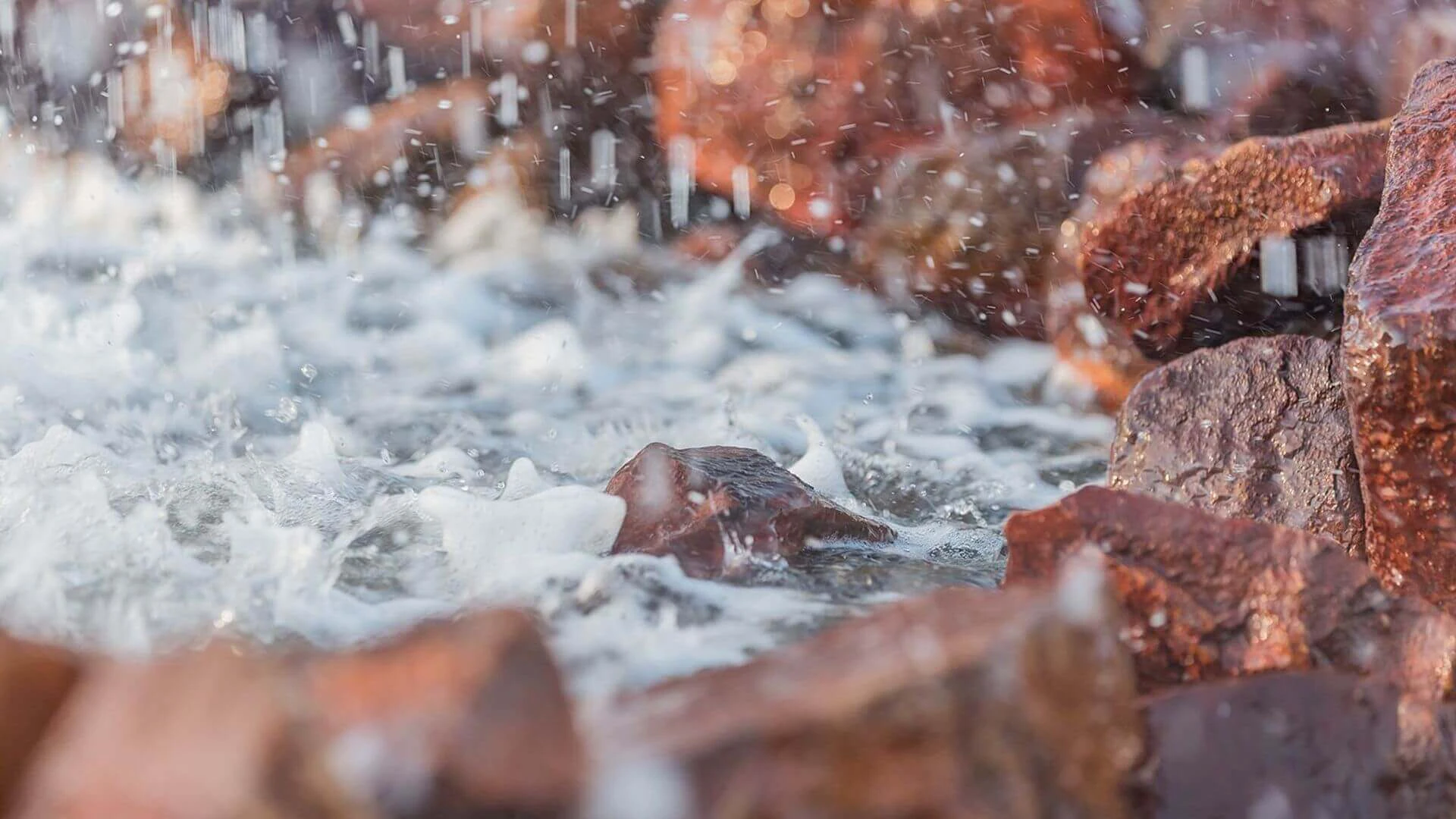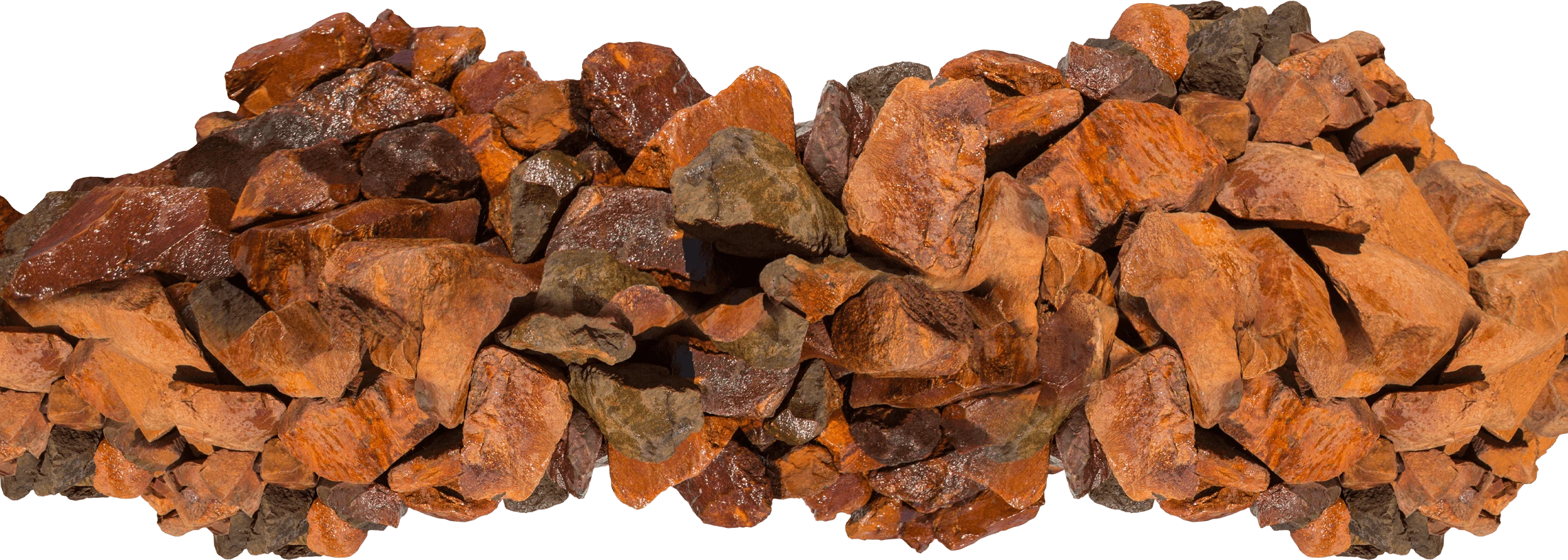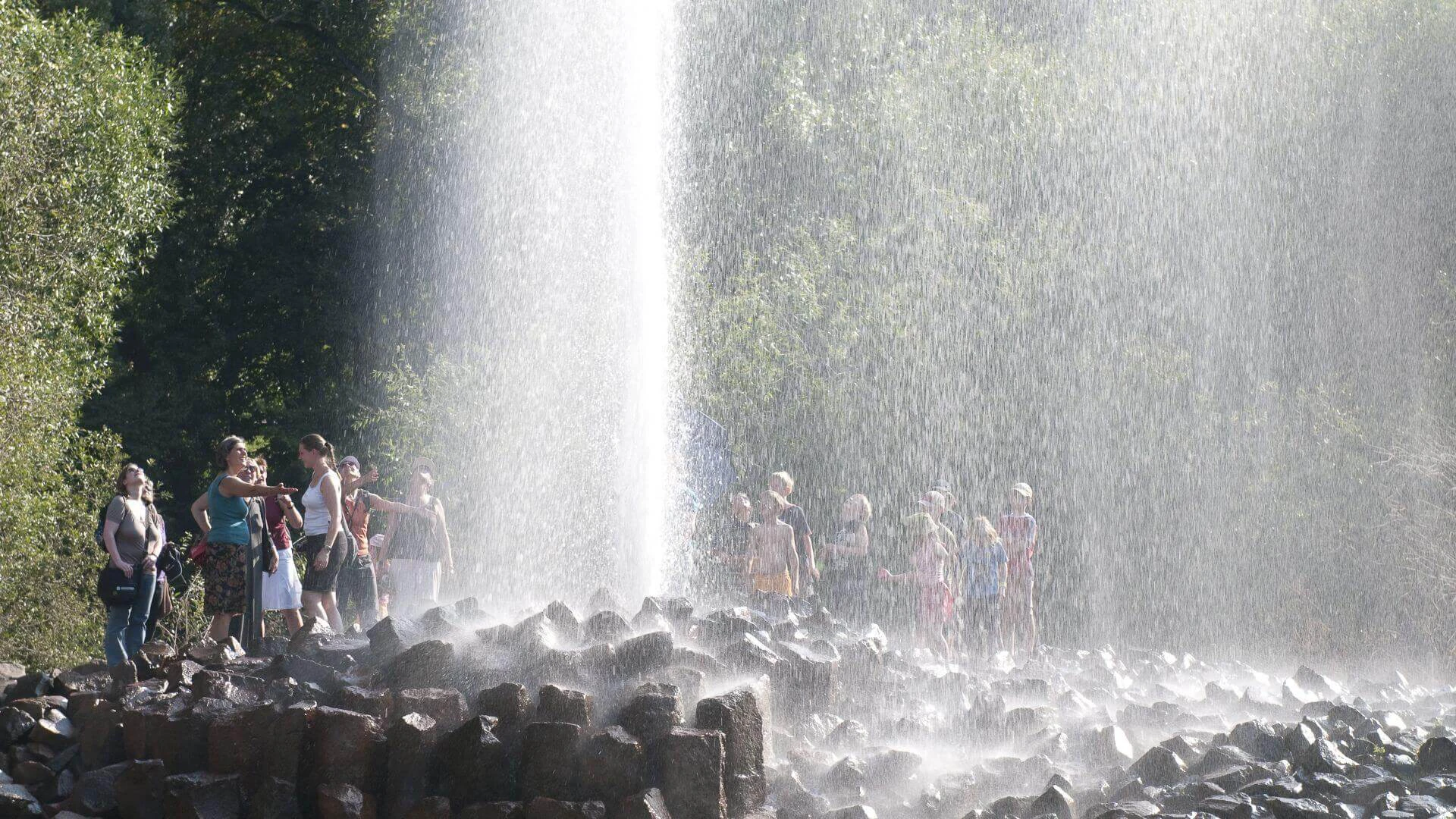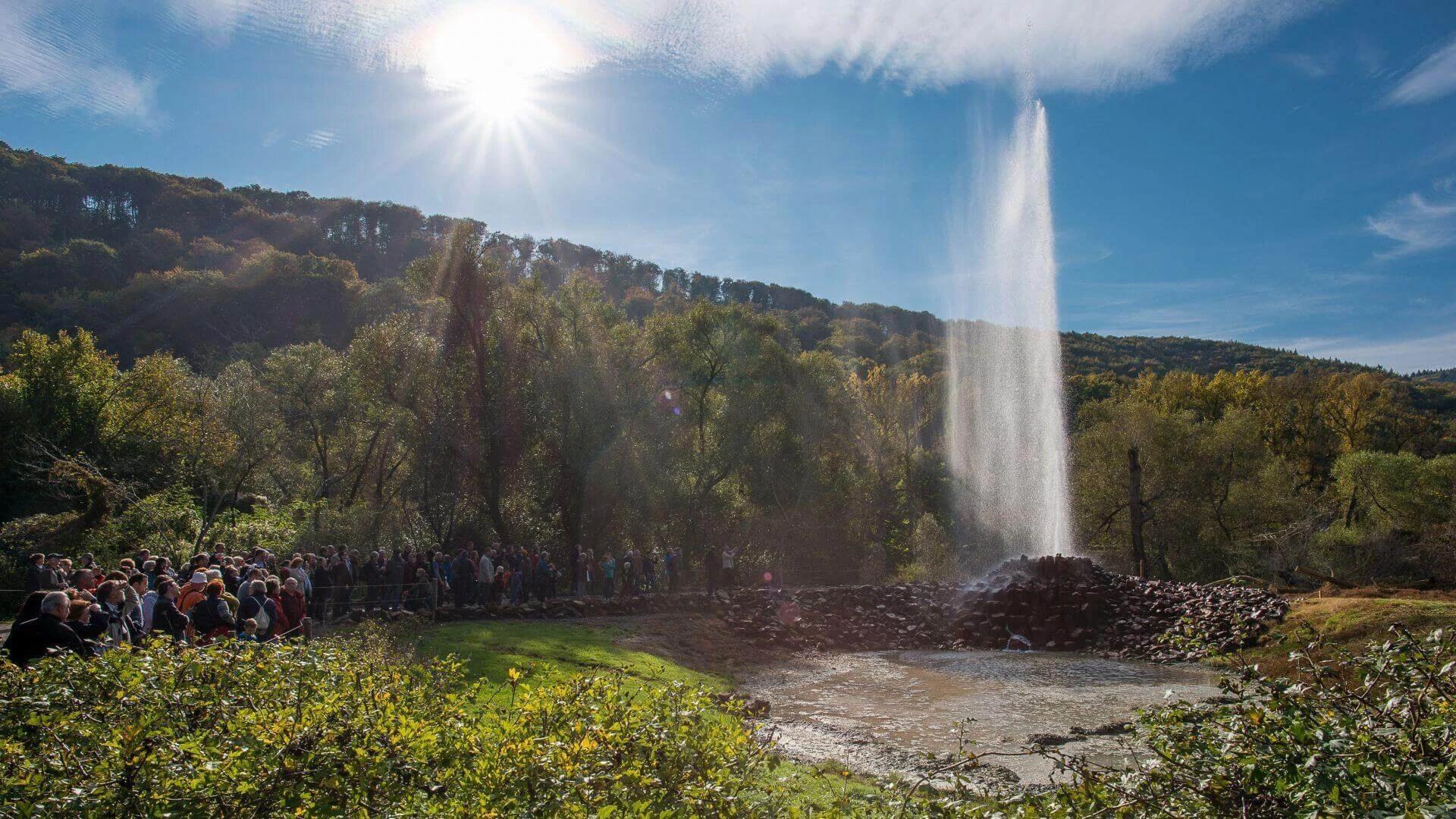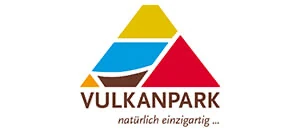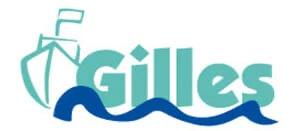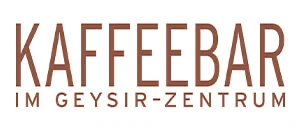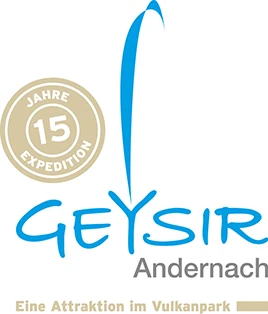How does an eruption of the Geysir Andernach work?
Learn. Marvel. Understand.

With an eruption height of up to 60 m, the Geysir Andernach is the highest cold-water geyser in the world. It is located directly on the Rhine about 2 km downstream from the town of Andernach on the Namedyer Werth peninsula. Only here are the geological conditions necessary for the Andernach geyser.
In the course of the last 300 to 400 million years, large geological faults formed as a result of mountain-building processes, which intersect under the Namedyer Werth. Areas where rock packages several thousand metres thick have shifted against each other. This resulted in cracks, crevices, fissures that reach deep into the earth's interior.
Carbon dioxide (CO2) rises through these so-called pathways. TheCO2 comes from the magma deep beneath the Eifel, Germany's youngest volcanic area.
On its way towards the earth's surface, theCO2 encounters groundwater and dissolves in it. The resulting gas-water mixture flows to the geyser well at several depths.
Unlike hot-water geysers, all cold-water geysers require an artificial connection from the earth's surface to the depths, i.e. a borehole or well. The well of the Andernach geyser is a good 350 m deep.
Phase 1 to 4

The groundwater saturated withCO2 flows into an empty well. There, the (water) pressure is low. This means that the gas can/must dissolve out of the water. It escapes from the well, which can be perceived by a smallcloud of CO2 above the well opening. The air flickers.
As the water column in the well rises higher and higher, the water pressure increases. When the well is completely filled, it is 35 bar at a depth of 350 metres. This means that a large amount ofCO2 is dissolved in the 20 to 25° Celsius cold water; the gas is virtually invisible in the water. The gas cloud above the well opening has disappeared.
Phase 5 to 8

Shortly after the well is full, the geyser eruption phase begins: theCO2 cannot dissolve any further in the water, saturation is reached. Gas bubbles form and rise in the well. As they rise, the speed and volume of the bubbles increase. TheCO2 bubbles need space and displace water to the surface. The well overflows. As a result, the pressure of the water or the gas-water column in the well decreases. Gas that was previously dissolved in the water is released and displaces more water to the earth's surface. A domino effect sets in. The geyser fountain gets higher and higher.
Phase 9

The main phase of the geyser eruption is reached when more and more gas is released from the water and the gas bubbles join together to form larger and larger bubbles on their way up. The small diameter of the well pipe of only 15 cm causes the bubbles to expand primarily vertically. This creates 10 to 15 m long so-called piston bubbles. These tear and pull a total of about 8,000 litres of water upwards and hurl it pulsatingly out of the geyser well up to a height of 60 metres. Gradually the fountain empties, the fountain becomes smaller and smaller and finally disappears completely. The entire geyser eruption takes about 15 minutes.
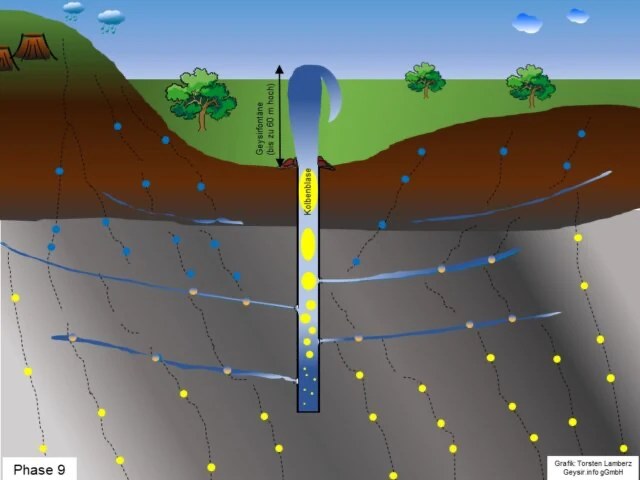
Phase 10

CO2-saturated groundwater flows into the now empty well. The gas dissolves out of the water, the flickering above the well opening can be seen again. 110 to 120 minutes later, the time has come: the well is full, the next geyser eruption begins...
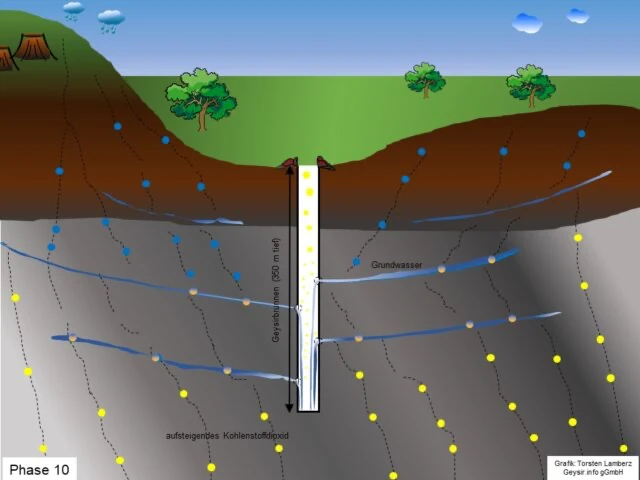
Discover the geyser

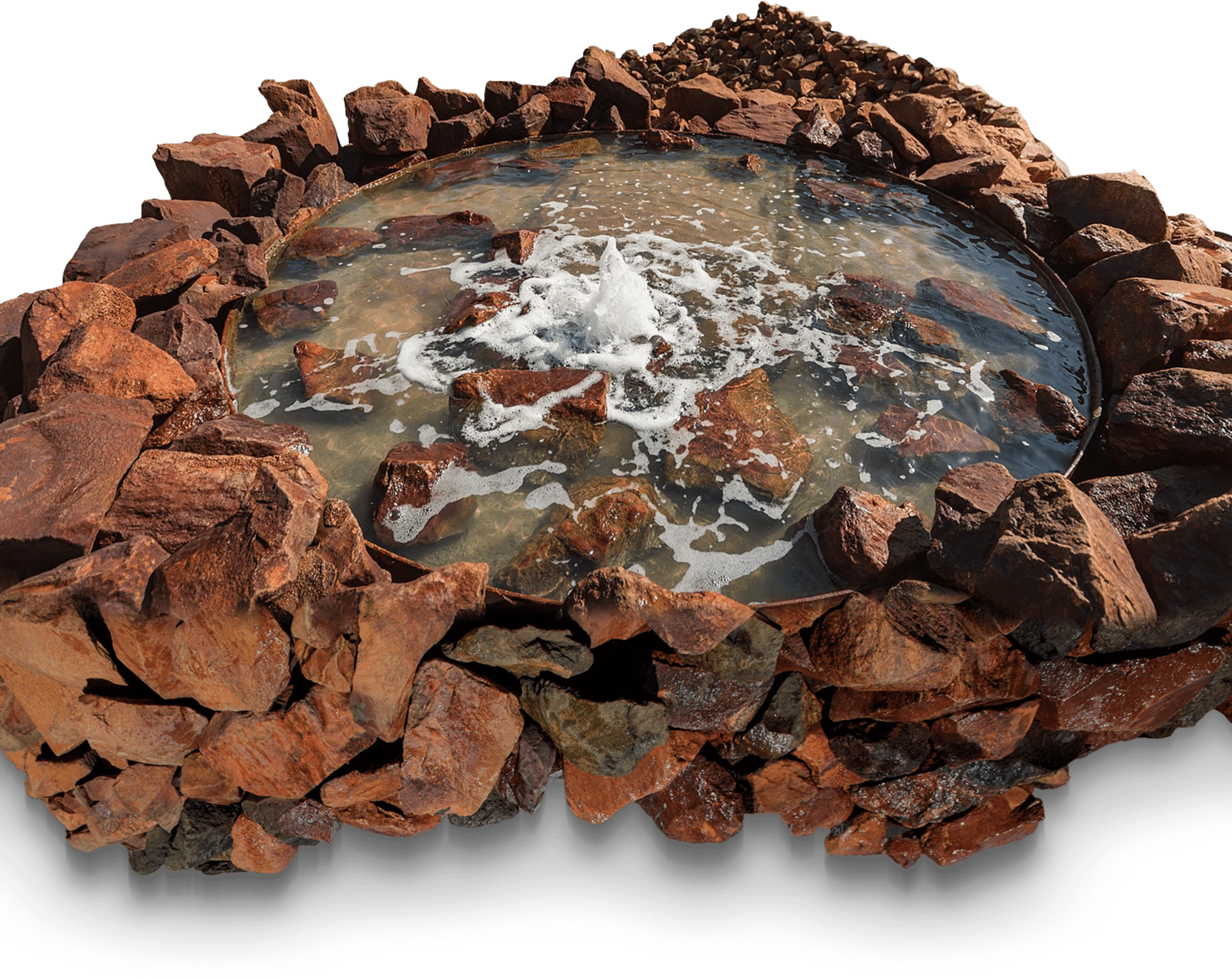
Customer testimonials
Your opinions & experiences

